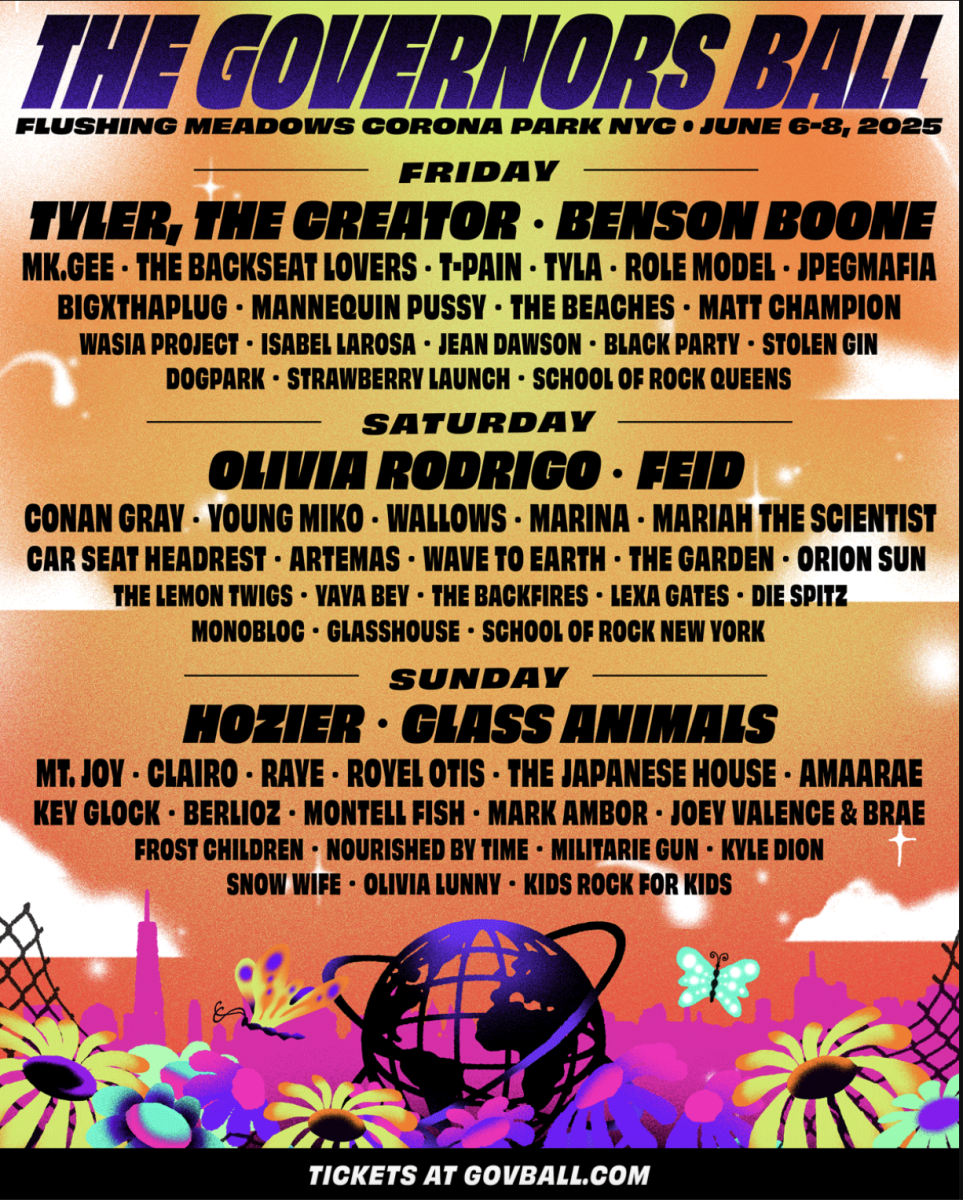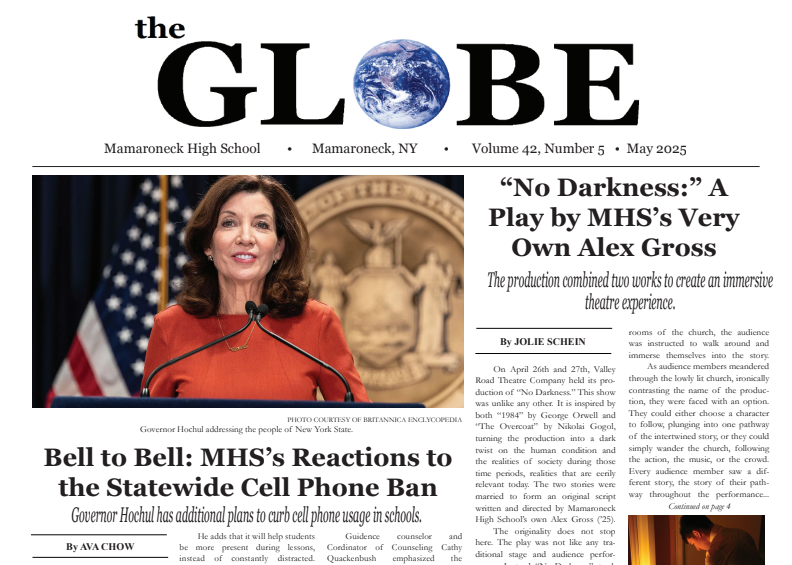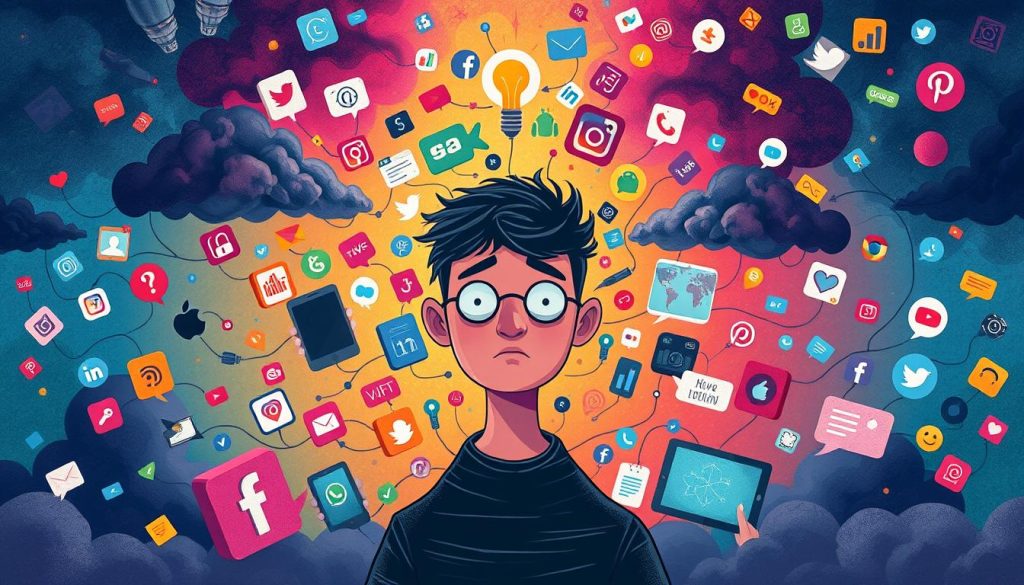The Perils of Instagram for Student Users
How is the popular social media app affecting students who use it?
Recent Instagram logo introduces new color scheme for the popular app.
February 28, 2022
Throughout the past few years, we have all seen a rise in mental health awareness and a strong rise in Instagram users. There has been a thirteen percent increase in mental health conditions and studies conclude that 49.5% of adolescents have a mental health disorder. There are many causes for the increase in mental health disorders, a root cause is social media, specifically, an app 26.3% of mobile phone users log into, Instagram.
On Instagram, content is specialized for each individual through the explore page including workouts, models, food plans, luxury items, and luscious vacations, all things any teenager would be drawn to. One in three teen girls says Instagram makes their body image issues worse. Even more upsetting, 6% of teens who struggle with suicidal thoughts in the United States state that the cause is Instagram. After interviewing an MHS student and a Mamaroneck guidance counselor, we were able to see the true effects of this platform on mental health in our school community.
Throughout the pandemic, there has been a reliance on social media, especially on Instagram. It has drawn millions to their phones when individuals feel alone. Mr. Schwartz, an MHS guidance counselor, states, “Social media brings good and bad, though unfortunately in a high school setting, we only see the negative.” A study in 2018 showed 59% of teenage Instagram users have been cyberbullied; this number is continuously growing. He believes at MHS there has been an increase of hurtful posts within the last few years. He thinks the ability to post anonymously allows individuals to post things they wouldn’t if their names were attached.
This has been seen at our high school in recent months as a mysterious trend in anonymous accounts has been started on Instagram. Here, students have posted images of their classmates, often making peers feel unaccepted within their own community.
During the same interview, we talked about how this impacts an individual to an unsettling point. It makes an individual feel unwelcome causing insecurity or self-consciousness. In a survey taken in 2019, two-thirds of teenagers who are dealing with mental health issues have encountered cyberbullying in the last year. While cyberbullying is one of the biggest ways social media affects teenagers’ mental wellbeing, it is just the tip of the iceberg.
On top of cyberbullying, students struggle with unrealistic expectations, from luxury vacations to filters that make your skin look flawless. Users see unreal things and begin to compare themselves to others. According to research done by Northeastern University, “Thirty-two percent of teen girls found that when they felt bad about their bodies, Instagram made them feel worse.”
In an interview that we did with an MHS senior, she said that this was not an accurate statistic; she felt the actual numbers were higher. Additionally, when we asked her why she thought Instagram was considered a toxic app for teenagers by professionals, she said, “I think it glamorizes people’s lives beyond reality. While I try not to, I do find myself comparing myself with others while using the app.”
Unfortunately, these problems begin early. On average, a child installs a social media account at 12 years old.
According to a study done by Columbia University, “The more time spent on social media, the more likely a person will experience mental health symptoms like anxiety, isolation, and hopelessness.” The bottom line is, teenagers are negatively impacted by social media. While in many cases using social media is fun and interactive, it is important to be wary of its effects. In today’s world, spending time on social media is nearly unavoidable. Whether you’re running a business, trying to connect with family and friends, or simply passing time, social media is used for everything. For teenagers especially, it is easy to compare ourselves to the people we see online. While social media is a fun place to share our lives, remember to take breaks from time to time so we can live for ourselves and see the true reality.







